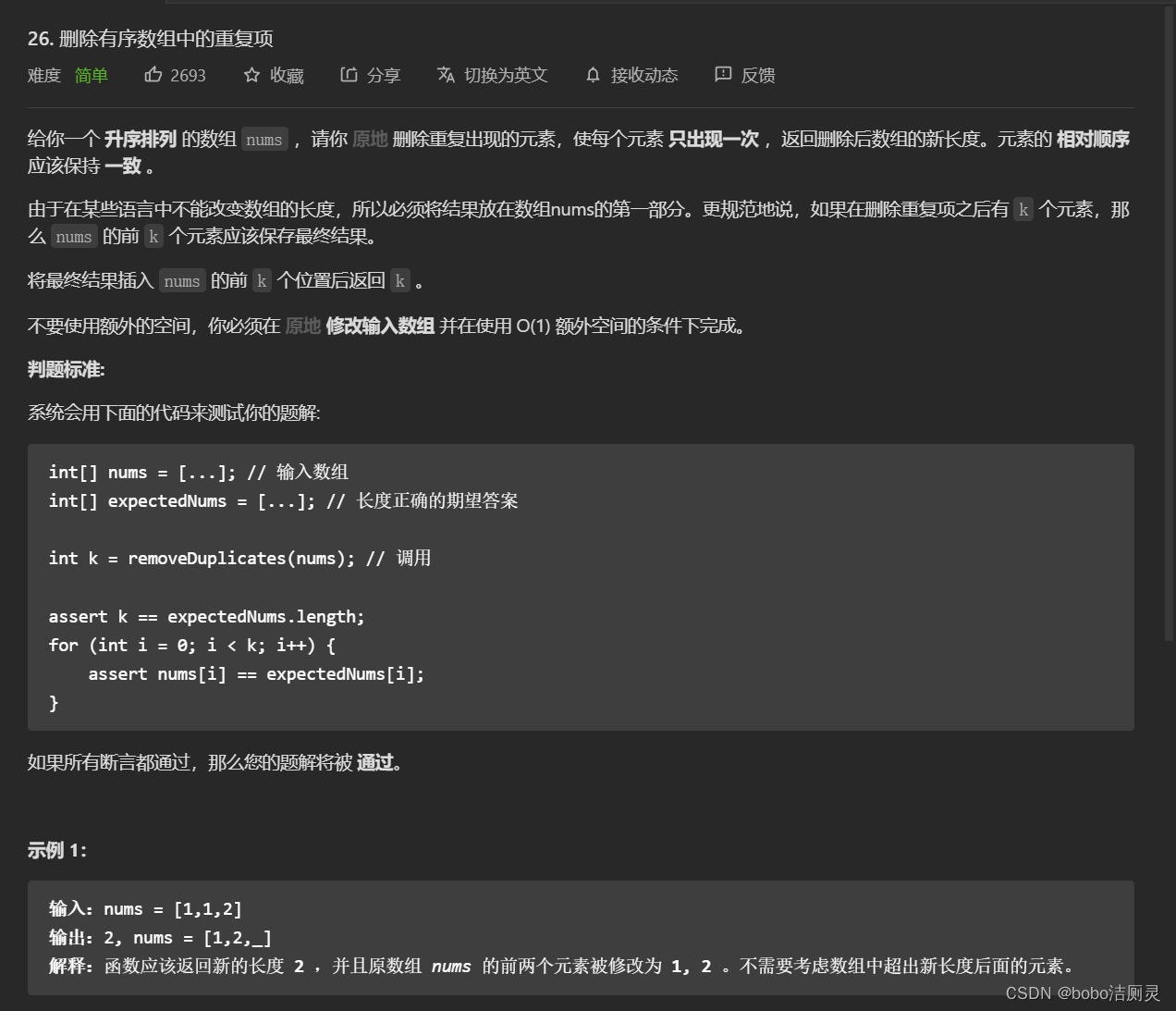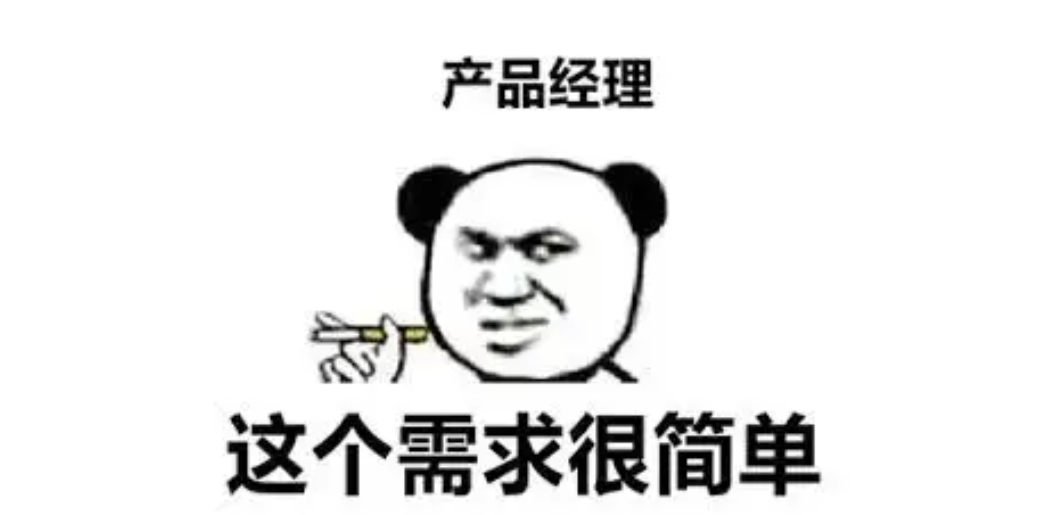当前位置:网站首页>Scala基础教程--12--读写数据
Scala基础教程--12--读写数据
2022-07-04 16:54:00 【落空空。】
Scala基础教程–12–读写数据
章节目标
- 掌握Source读取数据的功能
- 掌握写入数据的功能
- 掌握学员成绩表案例
- 读取数据
1. 读取数据
在Scala语言的 Source 单例对象中 中, 提供了一些非常便捷的方法, 从而使开发者可以快速的从指定数据源(文本文件, URL地址等)中获取数据, 在使用 Source 单例对象 之前, 需要先导包, 即 import scala.io.Source .
1.1 按行读取
我们可以以 行 为单位, 来读取数据源中的数据, 返回值是一个 迭代器类型的对象 . 然后通过 toArray, toList 方法, 将这些数据放到数组或者列表中即可.
注意: Source类扩展自Iterator[Char]
格式
//1. 获取数据源文件对象.
val source:BufferedSource = Source.fromFile("数据源文件的路径","编码表")
//2. 以行为单位读取数据.
val lines:Iterator[String] = source.getLines()
//3. 将读取到的数据封装到列表中.
val list1:List[String] = lines.toList
//4. 千万别忘记关闭Source对象.
source.close
需求
- 在当前项目下创建data文件夹, 并在其中创建1.txt文本文件, 文件内容如下:
好好学习 , 天天向上!
Hadoop, Zookeeper, Flume, Spark
Flink, Sqoop, HBase
选择大数据, 成就你一生的梦想
- 以行为单位读取该文本文件中的数据, 并打印结果.
参考代码
import scala.io.Source
//案例: 演示读取行.
object ClassDemo01 {
def main(args: Array[String]): Unit = {
//1. 获取数据源对象.
val source = Source.fromFile("./data/1.txt")
//2.通过getLines()方法, 逐行获取文件中的数据.
var lines: Iterator[String] = source.getLines()
//3. 将获取到的每一条数据都封装到列表中.
val list1 = lines.toList
//4. 打印结果
for(s <- list1) println(s)
//5. 记得关闭source对象.
source.close()
}
}
1.2 按字符读取
Scala还提供了 以字符为单位读取数据 这种方式, 这种用法类似于迭代器, 读取数据之后, 我们可以通过 hasNext(),next()方法 , 灵活的获取数据.
格式
//1. 获取数据源文件对象.
val source:BufferedSource = Source.fromFile("数据源文件的路径","编码表")
//2. 以字符为单位读取数据.
val iter:BufferedIterator[Char] = source.buffered
//3. 将读取到的数据封装到列表中.
while(iter.hasNext) {
print(iter.next())
}
//4. 千万别忘记关闭Source对象.
source.close()
注意:
如果文件不是很大, 我们可以直接把它读取到一个字符串中.
val str:String = source.mkString
需求
- 在当前项目下创建data文件夹, 并在其中创建1.txt文本文件, 文件内容如下:
好好学习 , 天天向上!
Hadoop, Zookeeper, Flume, Spark
Flink, Sqoop, HBase
选择大数据, 成就你一生的梦想.
- 以行为单位读取该文本文件中的数据, 并打印结果.
参考代码
import scala.io.Source
//案例: 演示读取单个字符.
object ClassDemo02 {
def main(args: Array[String]): Unit = {
//1. 获取数据源对象.
val source = Source.fromFile("./data/1.txt")
//2. 获取数据源文件中的每一个字符.
val iter = source.buffered //这里, source对象的用法相当于迭代器.
//3. 通过hasNext(), next()方法获取数据.
while(iter.hasNext) {
print(iter.next()) //细节, 这里不要用println(), 否则输出结果可能不是你想要的.
}
//4. 通过mkString方法, 直接把文件中的所有数据封装到一个字符串中.
val str = source.mkString
//5. 打印结果.
println(str)
//6. 关闭source对象, 节约资源, 提高效率.
source.close()
}
}
1.3 读取词法单元和数字
所谓的词法单元指的是 以特定符号间隔开的字符串 , 如果数据源文件中的数据都是 数字形式的字符串 , 我们可以很方便的从文件中直接获取这些数据, 例如:
10 2 5
11 2
5 1 3 2
格式
//1. 获取数据源文件对象.
val source:BufferedSource = Source.fromFile("数据源文件的路径","编码表")
//2. 读取词法单元.
// \s表示空白字符(空格, \t, \r, \n等)
val arr:Array[String] = source.mkString.split("\\s+")
//3. 将字符串转成对应的整数
val num = strNumber.map(_.toInt)
//4. 千万别忘记关闭Source对象.
source.clo
需求
- 在当前项目下创建data文件夹, 并在其中创建2.txt文本文件, 文件内
10 2 5
11 2
5 1 3 2
- 读取文件中的所有整数, 将其加1后, 把结果打印到控制台.
参考代码
import scala.io.Source
//案例: 读取词法单元和数字.
object ClassDemo03 {
def main(args: Array[String]): Unit = {
val source = Source.fromFile("./data/2.txt")
// \s表示空白字符(空格, \t, \r, \n等)
val strNumber = source.mkString.split("\\s+")
//将字符串转成对应的整数
val num = strNumber.map(_.toInt)
for(a <- num) println(a + 1)
}
}
1.4 从URL或者其他源读取数据
Scala中提供了一种方式, 可以让我们直接从指定的URL路径, 或者其他源(例如: 特定的字符串)中直接读取数据。
格式
- 从 URL地址中读取数据
//1. 获取数据源文件对象.
val source = Source.fromURL("http://www.itcast.cn")
//2. 将数据封装到字符串中并打印.
println(source.mkString
- 从其他源读取数据
//1. 获取数据源文件对象.
val str = Source.fromString("黑马程序员")
println(str.getLines())
需求
- 读取
百度 (https://www.baidu.com/)页面的数据, 并打印结果. - 直接读取字符串 黑马程序员 , 并打印结果.
参考代码
import scala.io.Source
//案例: 从URL或者其他源读取数据
object ClassDemo04 {
def main(args: Array[String]): Unit = {
val source = Source.fromURL("https://www.baidu.com/")
println(source.mkString)
val str = Source.fromString("百度一下你就知道")
println(str.getLines())
}
}
1.5 读取二进制文件
Scala没有提供读取二进制文件的方法, 我们需要通过Java类库来实现.
需求
已知项目的data文件夹下有 05.png 这张图片, 请读取该图片数据, 并将读取到的字节数打印到控制台上.
参考代码
// 案例: 读取二进制文件数据.
object ClassDemo05 {
def main(args: Array[String]): Unit = {
val file = new File("./data/04.png")
val fis = new FileInputStream(file)
val bys = new Array[Byte](file.length().toInt)
fis.read(bys)
fis.close()
println(bys.length)
}
}
2. 写入数据
Scala并没有内建的对写入文件的支持, 要写入数据到文件, 还是需要使用Java的类库.
2.1 往文件中写入指定数据
需求
往项目下的data文件夹的3.txt文本文件中, 编写一句话, 内容如下:
好好学习 ,
天天向上!
参考代码
// 案例: 写入数据到文本文件.
object ClassDemo06 {
def main(args: Array[String]): Unit = {
val pw = new FileOutputStream("./data/3.txt")
pw.write("好好学习,\r\n".getBytes())
pw.write("天天向上!".getBytes())
pw.close()
}
}
2.2 序列化和反序列化
在Scala中, 如果想将对象传输到其他虚拟机, 或者临时存储, 就可以通过 序列化和反序列化 来实现了.
- 序列化 : 把对象写到文件中的过程.
- 反序列化 : 从文件中加载对象的过程.
注意: 一个类的对象要想实现序列化和反序列化操作, 则该类必须继承 Serializable 特质 .
需求:
- 定义样例类Person, 属性为姓名和年龄.
- 创建Person样例类的对象p.
- 通过序列化操作将对象p写入到项目下的data文件夹下的4.txt文本文件中.
- 通过反序列化操作从项目下的data文件夹下的4.txt文件中, 读取对象p
参考代码
// 案例: 演示序列化和反序列化操作.
object ClassDemo07 {
case class Person(var name:String, var age:Int)
def main(args: Array[String]): Unit = {
//序列化操作.
/*val p = new Person("张三", 23) val oos = new ObjectOutputStream(new FileOutputStream("./data/4.txt")) oos.writeObject(p) oos.close()*/
//反序列化操作.
val ois = new ObjectInputStream(new FileInputStream("./data/4.txt"))
var p: Person = ois.readObject().asInstanceOf[Person]
println(p)
}
}
3. 案例: 学员成绩表
3.1 概述
1 . 已知项目下的data文件夹的student.txt文本文件中, 记录了一些学员的成绩, 如下:
格式为: 姓名 语文成绩 数学成绩 英语成绩
张三 37 90 100
李四 90 73 81
王五 60 90 76
赵六 89 21 72
田七 100 1
- 按照学员的总成绩降序排列后, 按照
姓名 语文成绩 数学成绩 英语成绩 总成绩的格式, 将数据写到项目下的data文件夹的stu.txt文件中.
3.2 目的
考察 流 , 样例类, 以及函数式编程 相关内容.
3.3 步骤
- 定义样例类
Person, 属性为:姓名, 语文成绩, 数学成绩, 英语成绩, 且该类中有一个获取总成绩的方法. - 读取指定文件
(./data/student.txt)中所有的数据, 并将其封装到List列表中. - 定义可变的列表
ListBuffer[Student], 用来记录所有学生的信息. - 遍历第二步获取到的数据, 将其封装成
Person类的对象后, 并添加到ListBuffer中. - 对第4步获取到的数据进行排序操作, 并将其转换成
List列表. - 按照指定格式, 通过
BufferWriter将排序后的数据写入到目的地文件中(./data/stu.txt) - 关闭流对象.
3.4 参考代码
// 案例: 按照学员的总分降序排列.
object ClassDemo08 {
//1. 定义样例类Person, 属性: 姓名, 语文成绩, 数学成绩, 英语成绩, 且该类中有一个获取总成绩的方法.
case class Student(name:String, chinese:Int, math:Int, english:Int) {
def getSum() = chinese + math + english
}
def main(args: Array[String]): Unit = {
//2. 获取数据源文件对象.
val source = Source.fromFile("./data/student.txt")
//3. 读取指定文件(./data/student.txt)中所有的数据, 并将其封装到List列表中.
var studentList: Iterator[List[String]] = source.getLines().map(_.split("
")).map(_.toList)
//4. 定义可变的列表ListBuffer[Student], 用来记录所有学生的信息.
val list = new ListBuffer[Student]()
//5. 遍历第二步获取到的数据, 将其封装成Person类的对象后, 并添加到ListBuffer中.
for(s <- studentList) {
list += Student(s(0), s(1).toInt, s(2).toInt, s(3).toInt)
}
//6. 对第5步获取到的数据进行排序操作, 并将其转换成List列表.
val sortList = list.sortBy(_.getSum()).reverse.toList
//7. 按照指定格式, 通过BufferWriter将排序后的数据写入到目的地文件中(./data/stu.txt)
val bw = new BufferedWriter(new FileWriter("./data/stu.txt"))
for(s <- sortList) bw.write(s"${
s.name} ${
s.chinese} ${
s.math} ${
s.english}
${
s.getSum()}\r\n")
//8. 关闭流对象
bw.close()
}
}
边栏推荐
- Analysis of I2C adapter driver of s5pv210 chip (i2c-s3c2410. C)
- Detailed explanation of the maturity classification of ITSS operation and maintenance capability | one article clarifies the ITSS certificate
- General environmental instructions for the project
- Thawte通配符SSL证书提供的类型有哪些
- People in the workplace with a miserable expression
- .NET ORM框架HiSql实战-第二章-使用Hisql实现菜单管理(增删改查)
- The money circle boss, who is richer than Li Ka Shing, has just bought a building in Saudi Arabia
- Journal des problèmes de brosse à boutons de force / day6 / 6.28
- The top half and bottom half of the interrupt are introduced and the implementation method (tasklet and work queue)
- 【Hot100】31. Next spread
猜你喜欢

Journal des problèmes de brosse à boutons de force / day6 / 6.28

Weima, which is going to be listed, still can't give Baidu confidence

The money circle boss, who is richer than Li Ka Shing, has just bought a building in Saudi Arabia

2022 national CMMI certification subsidy policy | Changxu consulting

NBA赛事直播超清画质背后:阿里云视频云「窄带高清2.0」技术深度解读

被忽视的问题:测试环境配置管理

Make a grenade with 3DMAX

谷粒商城(一)

Machine learning concept drift detection method (Apria)

如何提高开发质量
随机推荐
Behind the ultra clear image quality of NBA Live Broadcast: an in-depth interpretation of Alibaba cloud video cloud "narrowband HD 2.0" technology
[cloud voice suggestion collection] cloud store renewal and upgrading: provide effective suggestions, win a large number of code beans, Huawei AI speaker 2!
Redis master-slave replication
Reptile elementary learning
一、C语言入门基础
You should know something about ci/cd
LD_ LIBRARY_ Path environment variable setting
. Net ORM framework hisql practice - Chapter 2 - using hisql to realize menu management (add, delete, modify and check)
“在越南,钱就像躺在街上”
Microservice architecture debate between radical technologists vs Project conservatives
Weima, which is going to be listed, still can't give Baidu confidence
爬虫(6) - 网页数据解析(2) | BeautifulSoup4在爬虫中的使用
Introduction of time related knowledge in kernel
Summary of subsidy policies across the country for dcmm certification in 2022
五千字讲清楚团队自组织建设 | Liga 妙谈
Improve the accuracy of 3D reconstruction of complex scenes | segmentation of UAV Remote Sensing Images Based on paddleseg
I wrote a learning and practice tutorial for beginners!
Android uses sqliteopenhelper to flash back
ISO27001 certification process and 2022 subsidy policy summary
android使用SQLiteOpenHelper闪退